Basic Dimensions and Design Requirements of Leaning Furniture
 May 22,2025
May 22,2025

 Topmax Furniture
Topmax Furniture
Leaning furniture is an indispensable auxiliary furniture in people's lives. Its basic function is to provide corresponding auxiliary conditions for the human body when the human body is engaged in sitting or standing activities, and it can also be used to display or store items. Usually, leaning furniture is divided into two categories: one is based on the height of the chair seat when the human body is sitting, such as office desks, dining tables, classrooms, drawing tables, etc., collectively referred to as sitting tables; the other is based on the ground when the human body is standing, such as counters, podiums, operating tables, etc., collectively referred to as standing workbenches. Although leaning furniture does not come into direct contact with the human body, it plays an important auxiliary role in human activities. The design should also take into account the scale of human movement.
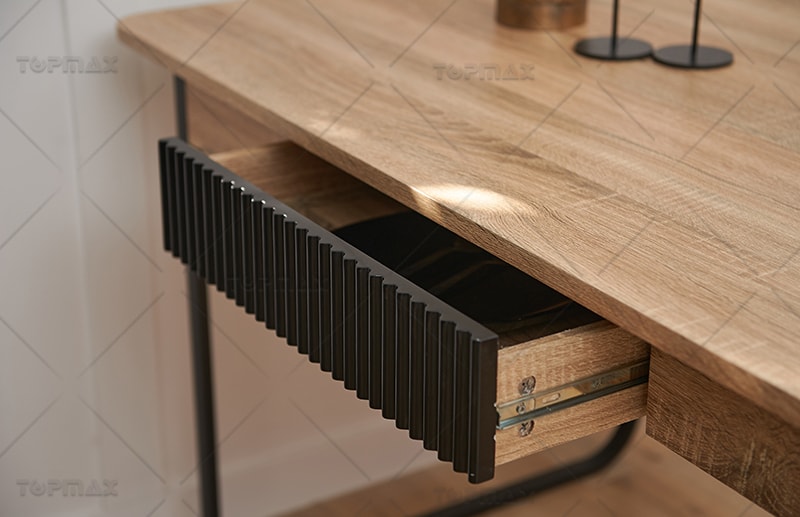
Sitting table
1. Table height
The height of the table is closely related to the comfort of the human body when using it. When the height of the table is too high, it will cause people to shrug and other bad sitting postures, making the human body's shoulder, neck and back muscles tense, easily causing fatigue, and reducing work efficiency. Not only that, it is also easy to cause physical diseases such as scoliosis and myopia. When the height of the table top is too low, the curvature of the human spine will increase, causing hunchbacks, abdominal compression, obstruction of breathing and blood circulation, and fatigue of the shoulders, neck and back. Therefore, Table Manufacturers suggest the height of the table top of a sitting table should maintain a certain scale relationship with the seat surface height of the matching chair, so that a reasonable and comfortable height value can be calculated. We usually use the following formula to calculate the height of the table top, namely:
Table height = seat height + table and chair height difference (about 1/3 seat height)
However, the constant of the table and chair height difference is not fixed and can also change according to specific circumstances. For example, European and American countries use the height from the elbow to the seat surface as the basis for determining the height difference between tables and chairs, while China and Japan use 1/3 of the seat height as the basis for determining the height difference between tables and chairs, which is mainly determined by the different heights of different races. The design and production of furniture cannot be "tailor-made", so in actual design, the height of the table top should be appropriately increased or decreased according to different usage needs and characteristics. For example, when designing a desk, if you want to write hard on it, the desktop can be slightly lower; when designing a dining table, if you want to consider the habit and the slight auxiliary role of the desktop, the table surface can be slightly higher; if you design a coffee table that matches a sofa or other lounge chair, you can take a dimension slightly lower than the height of the chair armrest. If you have to raise the desktop due to special needs, you can maintain the normal height difference between the table and chair by raising the seat or adding foot pads.
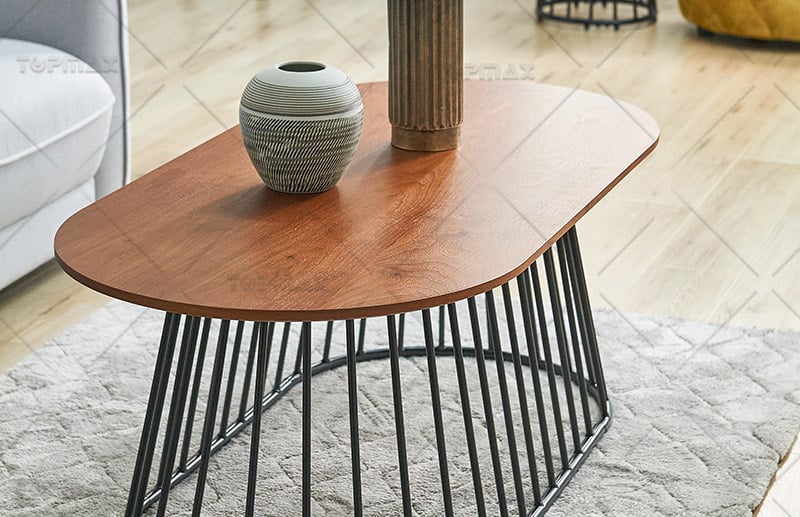
2. Desktop size
The size of the desktop should be determined based on the maximum horizontal and vertical range of motion that a person's arm can reach when sitting, and consider the number of users and the items and sizes that may be placed on the desktop. If it is a table used by multiple people in parallel or facing each other, the size of the desktop should ensure that the movements between each other do not interfere with each other, and maintain an appropriate communication distance. Some desks will be directly separated by shelves. At the same time, it is also necessary for Table Manufacturers to consider reserving space for items and equipment, such as computer printers, daily necessities, etc., and additional devices such as bookshelves can also be designed to meet usage needs. For the tabletop size of various multi-person tables such as dining tables and conference tables, the width of the table edge occupied by the human body should be used as the basic reference size. The comfortable activity width is calculated according to 600~700mm, and it can usually be reduced to 550~580mm according to the actual use situation.
In addition, the tabletops of desks, drawing tables, etc. can be designed with adjustable inclination, which can not only give people the most comfortable visual field, facilitate reading and writing, but also relieve the fatigue of the shoulders, neck and back, and are more suitable for work and study. However, the problem of matching seats should be fully considered.
3. Clearance under the table
For the design of sitting tables, not only the activities of the upper limbs of the human body should be considered, but the design of the clearance under the table has a very important impact on the comfort of use. The clearance height under the table should be higher than the height of the knees when the legs are crossed, and there should be room for up and down movement. Therefore, for tables with drawers, the drawer bottom plate should not be too low, and the distance from the desktop to the drawer bottom plate should not exceed 1/2 of the height difference between the table and chair, that is, 120~160mm, so that the lower limbs of the human body can have enough space to be placed and moved under the table. In addition, when determining the width and depth of the clearance, Table Manufacturers should consider the space required for the legs to move and stretch properly when sitting to avoid inconvenience in use.
4. Desktop color and material
Within the static field of vision of a person, the color and material of the desktop will have a certain impact on the person's physiology and psychology, and also affect people's quality of life and work efficiency. Generally speaking, it is not advisable to use bright colors on the desktop, because bright colors make it difficult for people to concentrate their vision, and under the influence of light, they will also stimulate the eyes and easily cause visual fatigue, which is not conducive to our life and work. In addition, try not to use materials with high gloss and strong conductivity for the desktop, which can easily make the human body feel uncomfortable, such as glass and metal. However, in modern furniture design, some tables are designed with personalized colors and materials to highlight style characteristics and emphasize decorativeness.
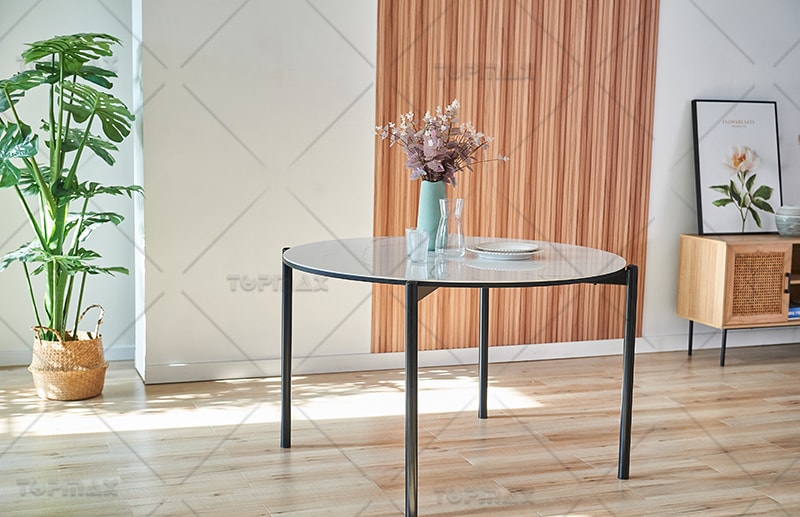
Standing workbench
Common standing workbenches in daily life include sales counters, cash registers, podiums, service counters, display counters, operating tables and other various workbenches.
1. Table height
The height of the standing workbench is related to the height of the human body. Table Manufacturers believed that the optimal operating height is slightly lower than the elbow height of the natural arm when standing. A reasonable table height is not only beneficial to physical health, but also helps to improve work efficiency. According to the average height of the Chinese people, the height of the workbench should be in the range of 910~965mm; for some special work, the table can be appropriately lowered by 20~50mm, such as supermarket cashier counters, kitchen workbenches, etc.
2. Clearance under the table
The lower part of the standing workbench does not need to leave space for leg movement, and is generally designed as a cabinet, shelf, etc. for convenient storage of items. Usually, the bottom of the cabinet and shelf does not reach the ground directly, in order to leave space for the feet at the bottom, and sometimes a special concave space is reserved. The height of this part of the space is generally 80mm and the depth is 50-100mm. Sufficient foot space under the table can facilitate the foot movement to adapt to the operation of the human body close to the workbench.

3. Table size
The table size of a standing workbench is mainly determined by various factors such as the surface size required for various operations, the condition of items placed on the surface, the indoor space and layout form, and there is no unified specification.
 Inquire Now
Inquire Now



 Home
Home Storage Furniture Must Adhere to Basic Dimensions and Design Requirements
Storage Furniture Must Adhere to Basic Dimensions and Design Requirements  You May Also Like
You May Also Like 

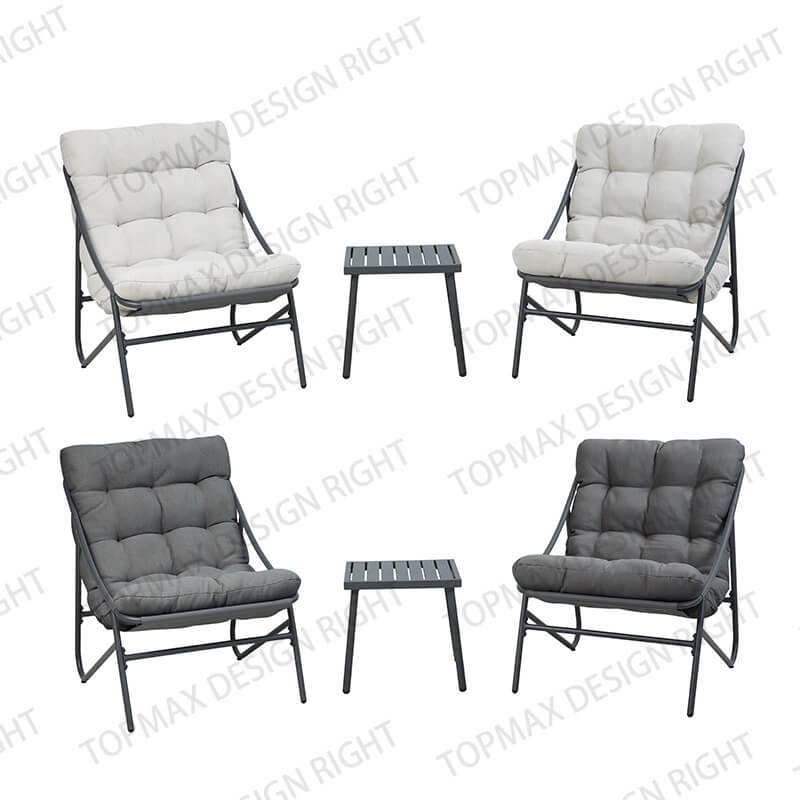
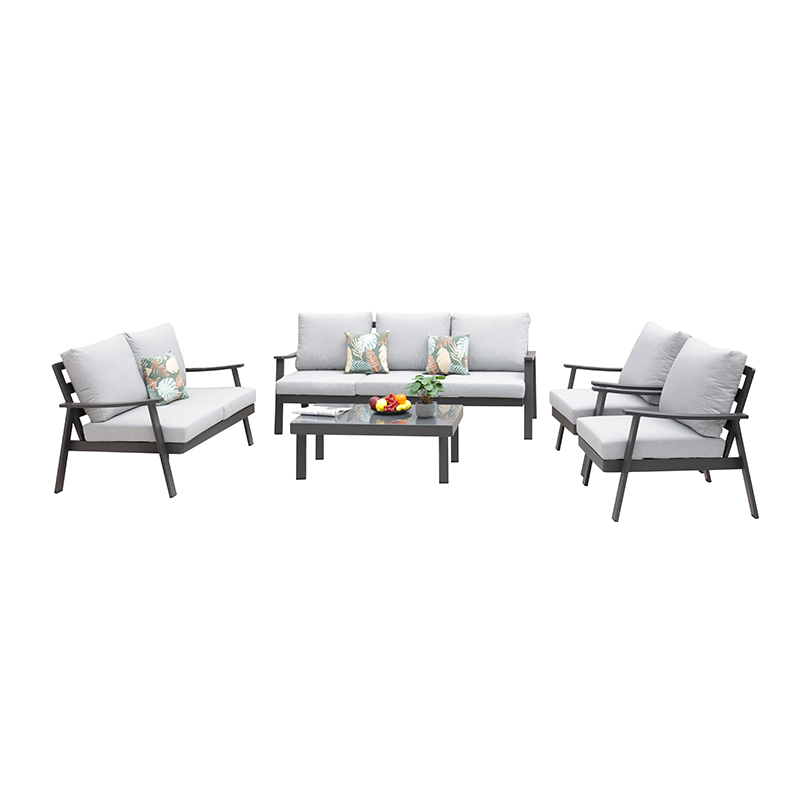

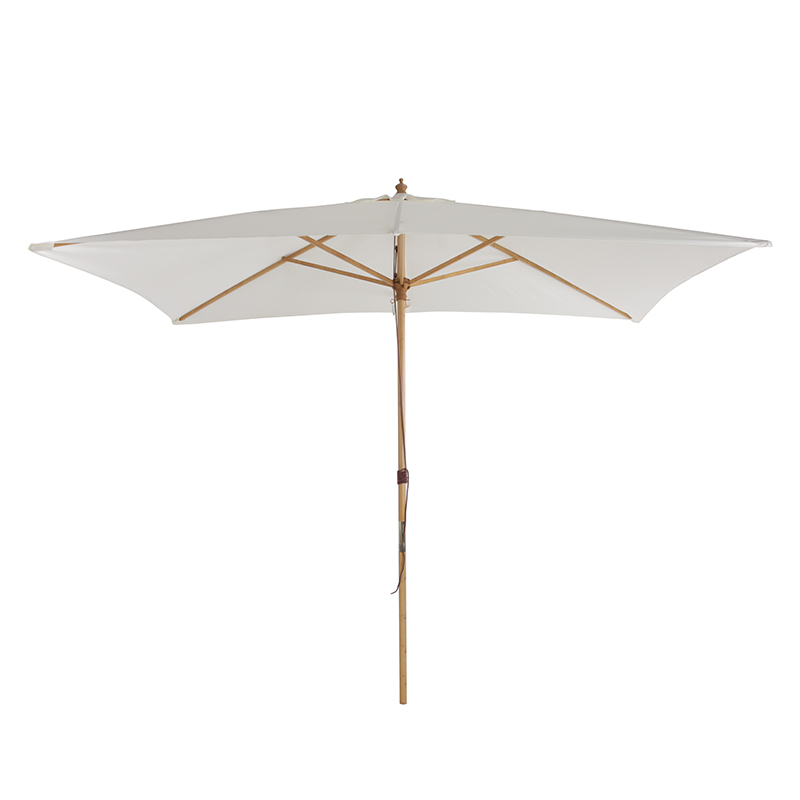
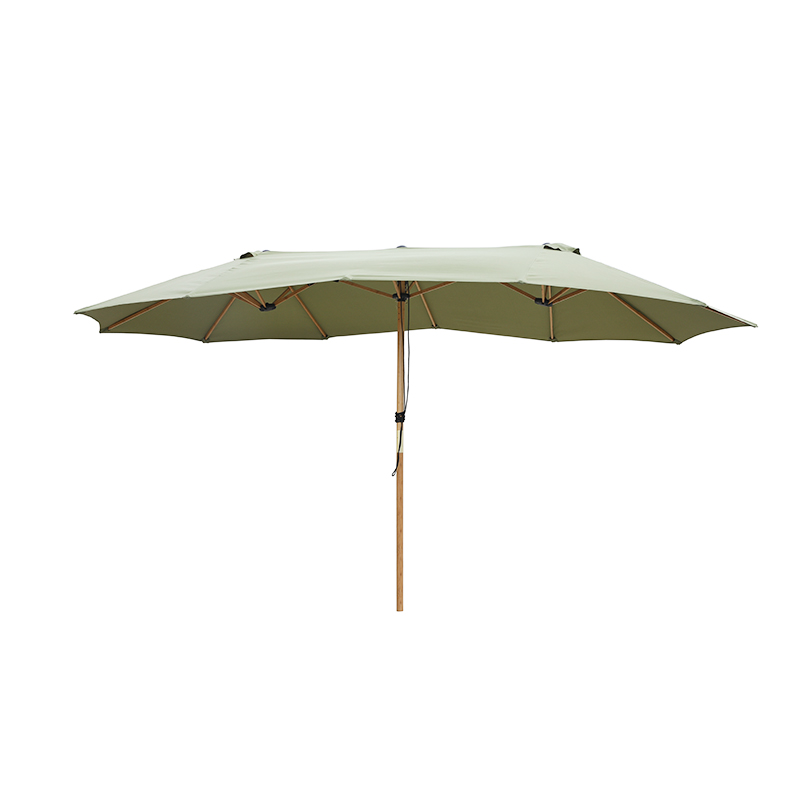
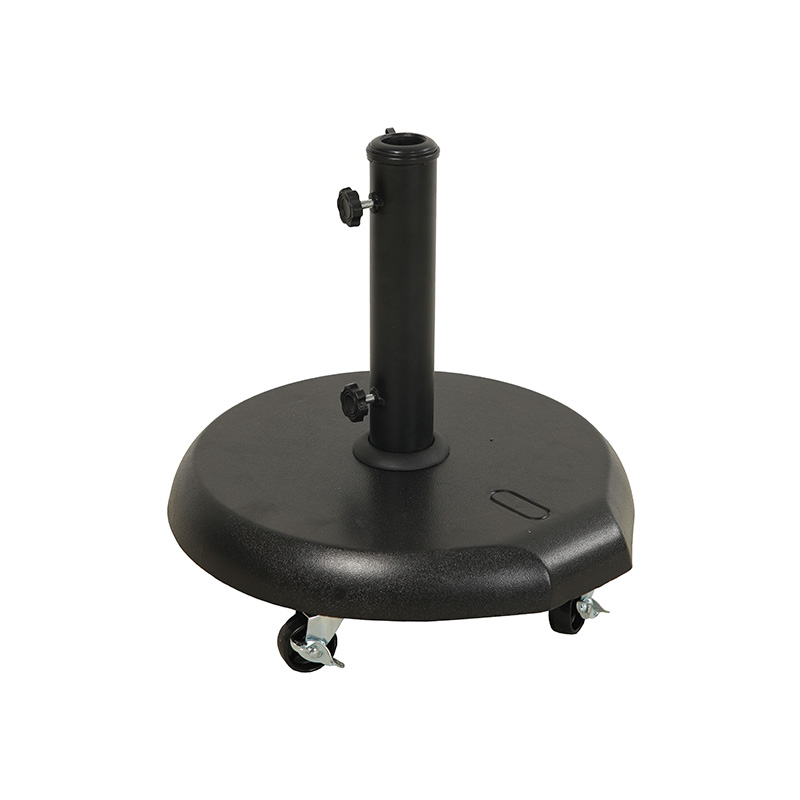
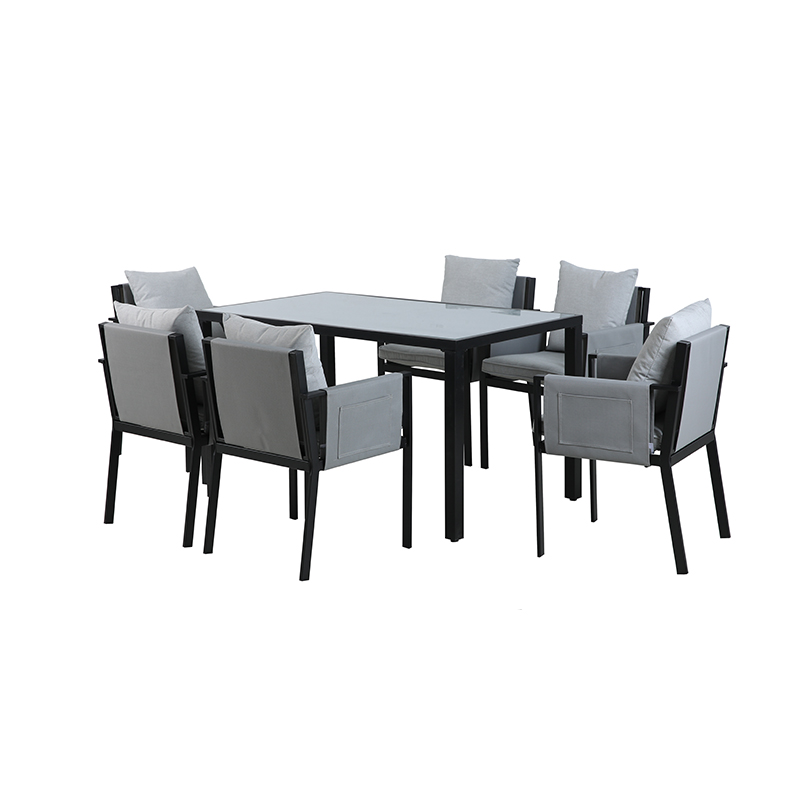
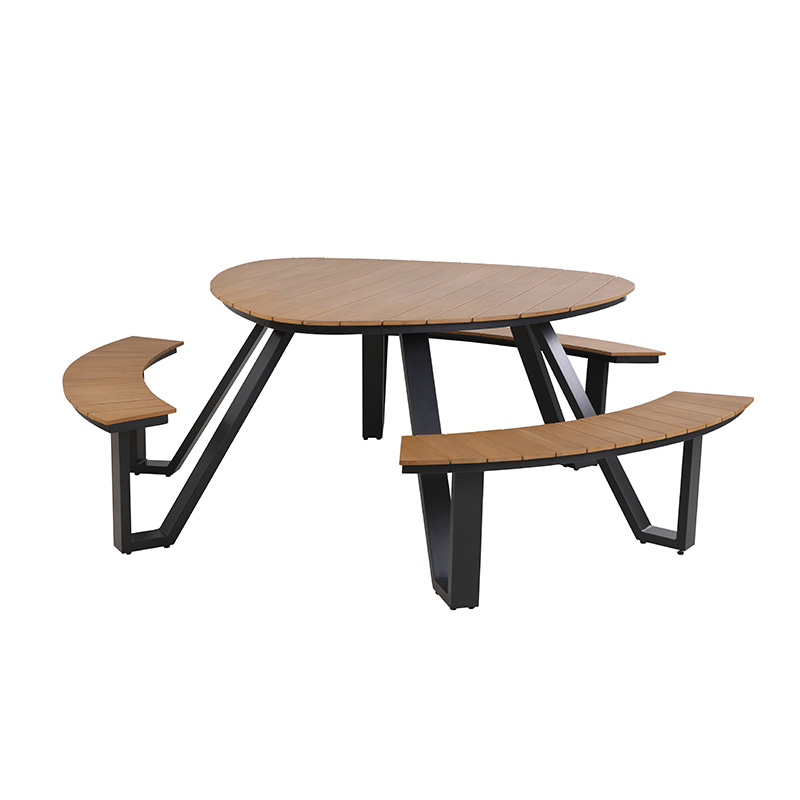
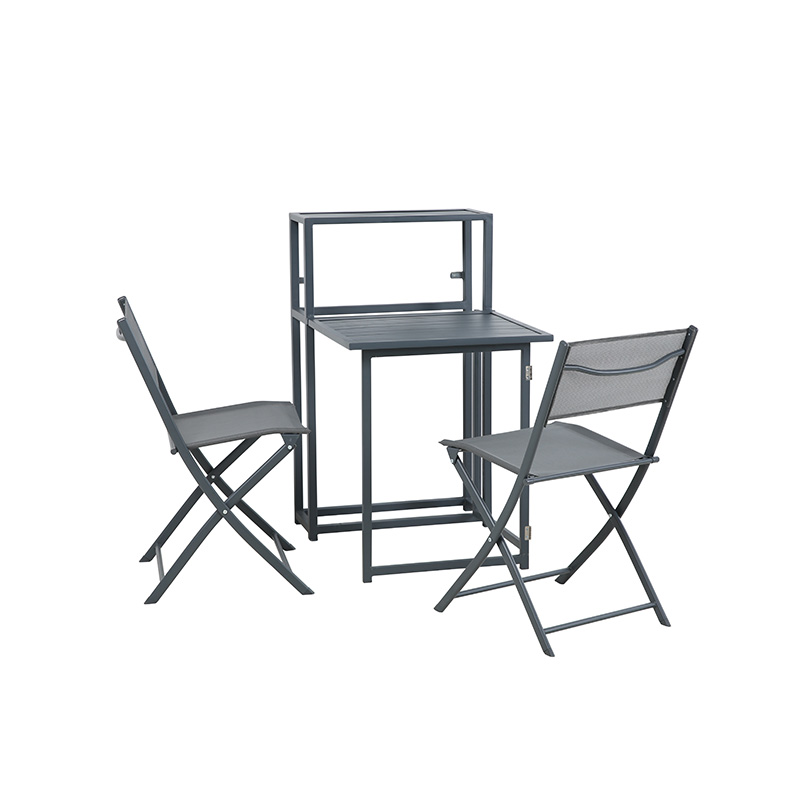

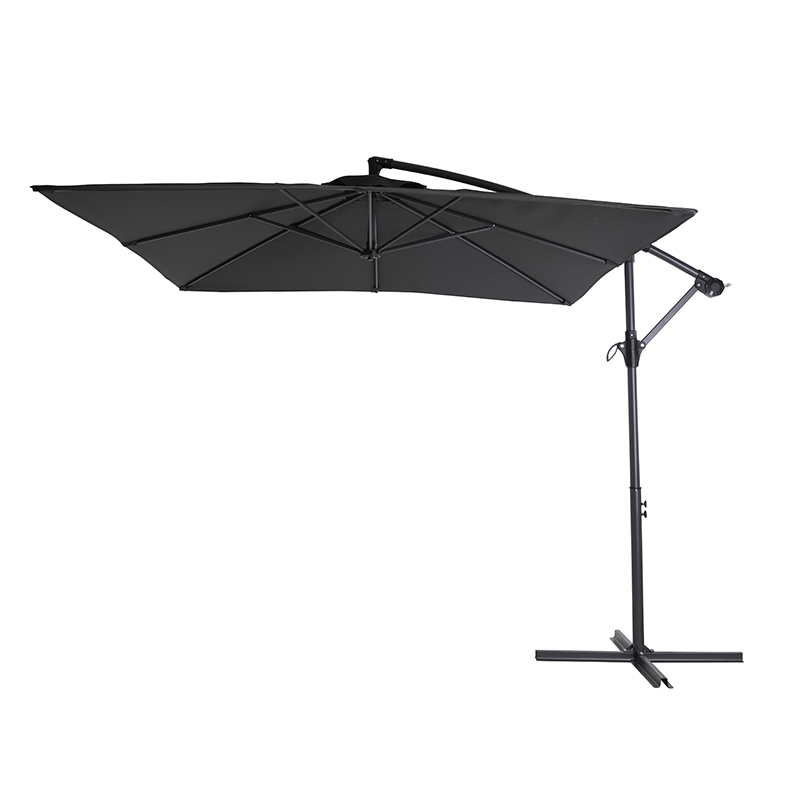
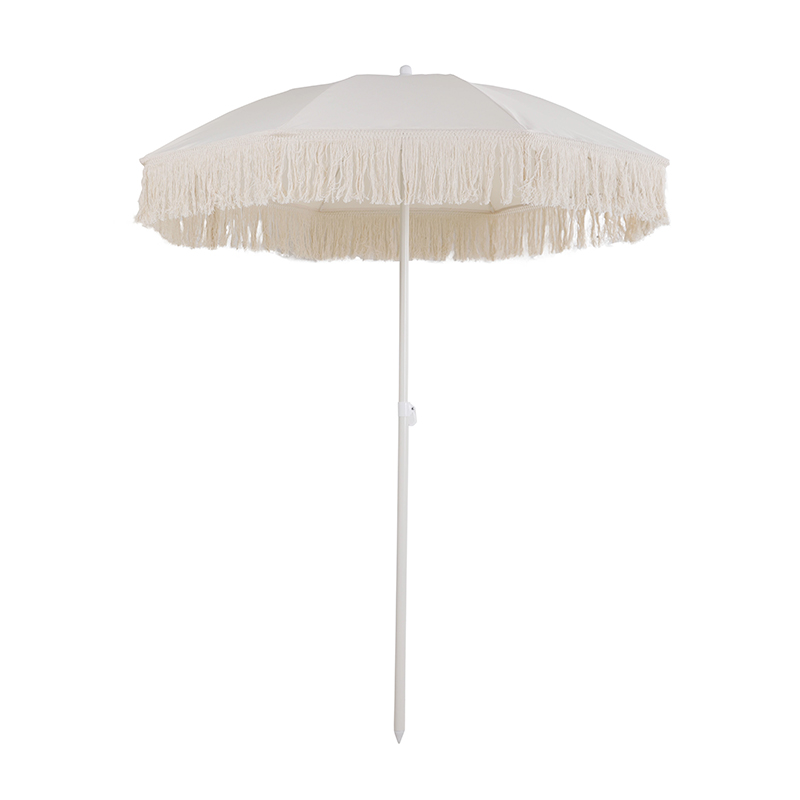
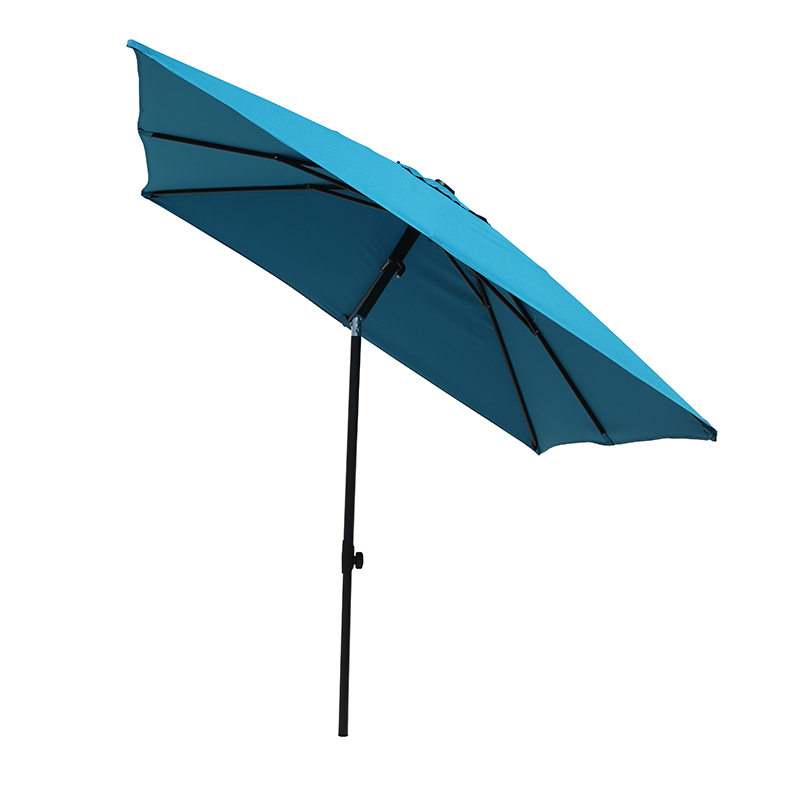
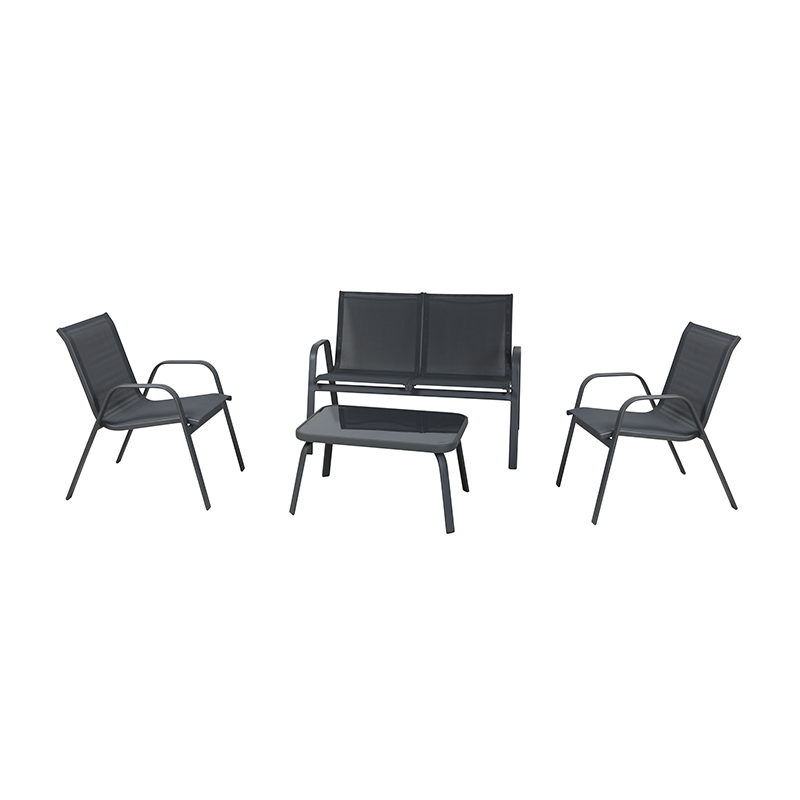

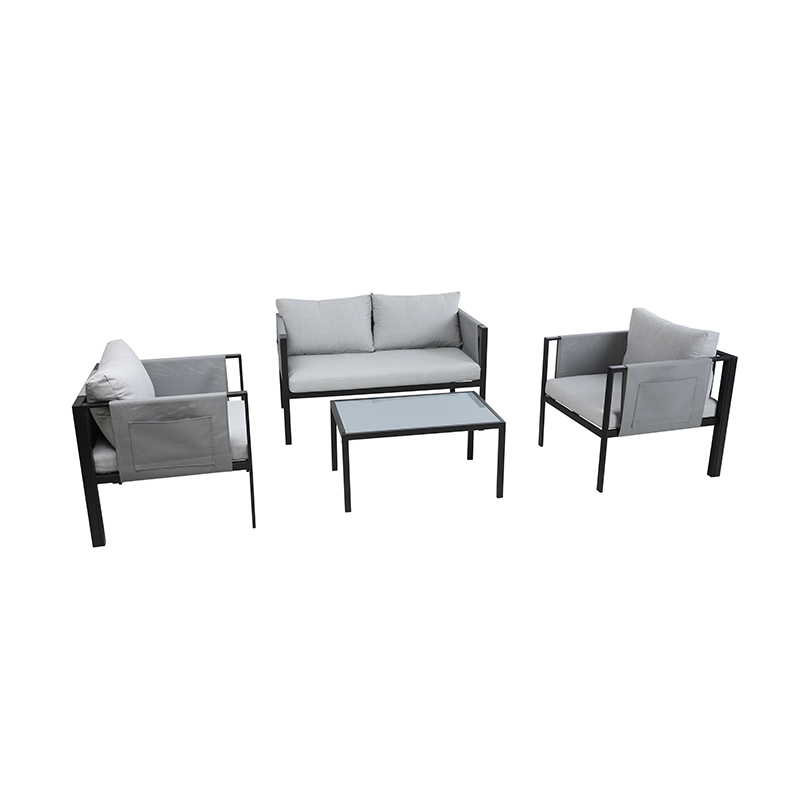

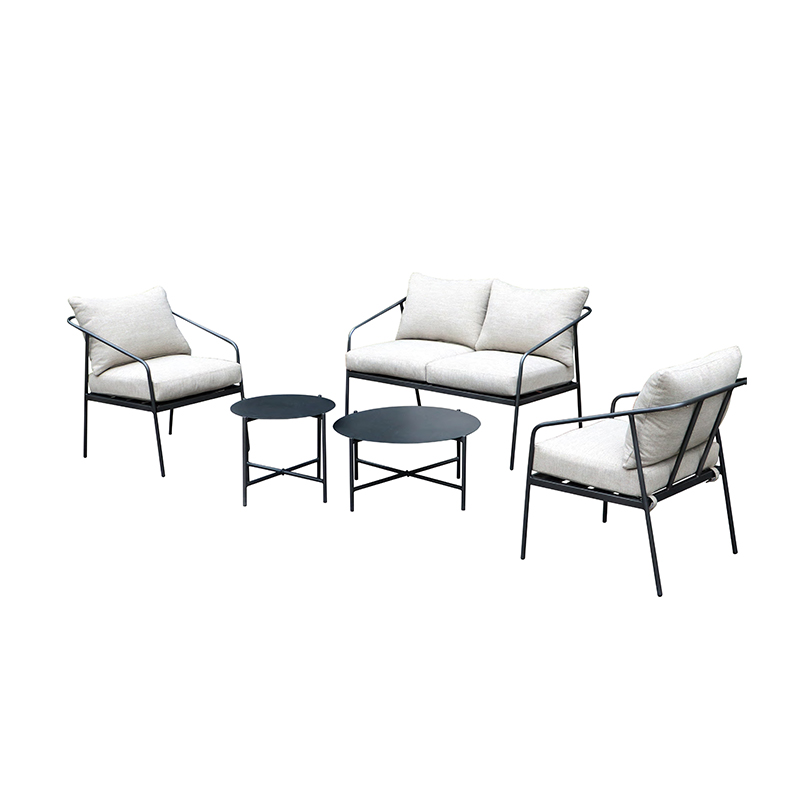


 Tel
Tel  Email
Email  ADDRESS
ADDRESS 














